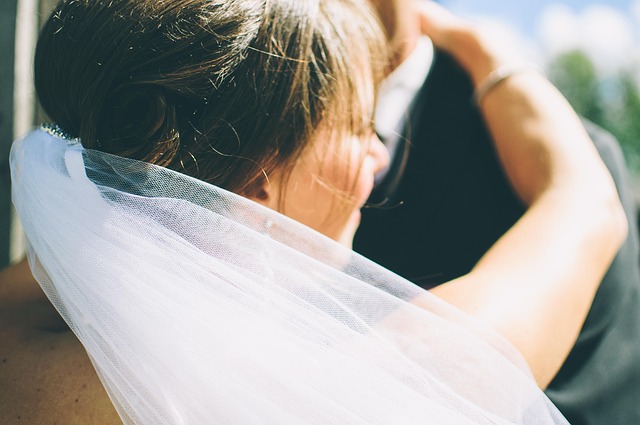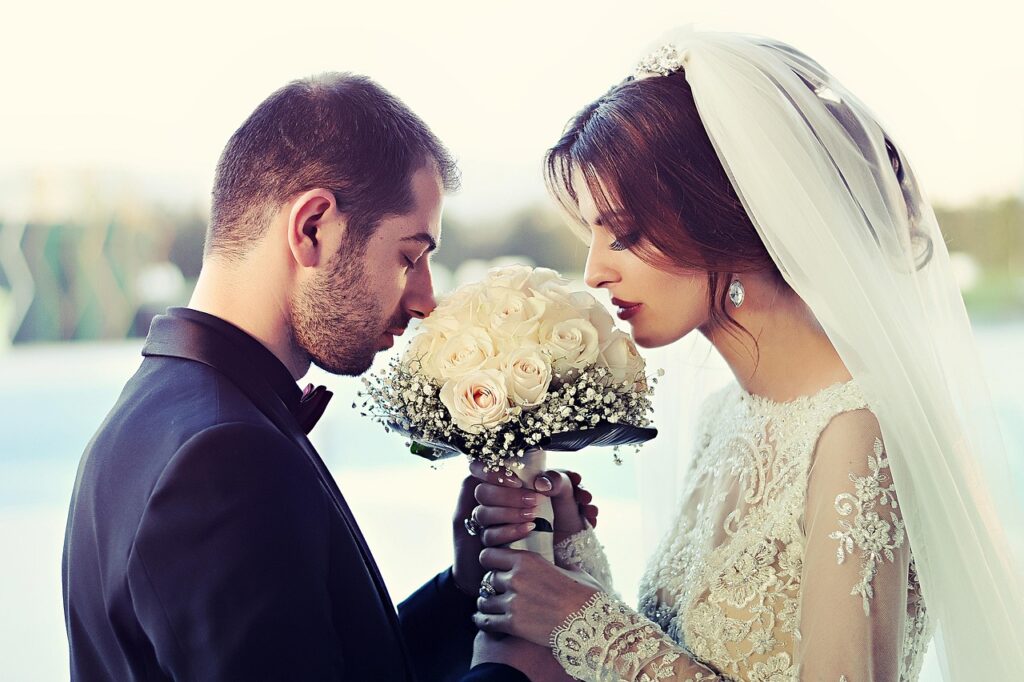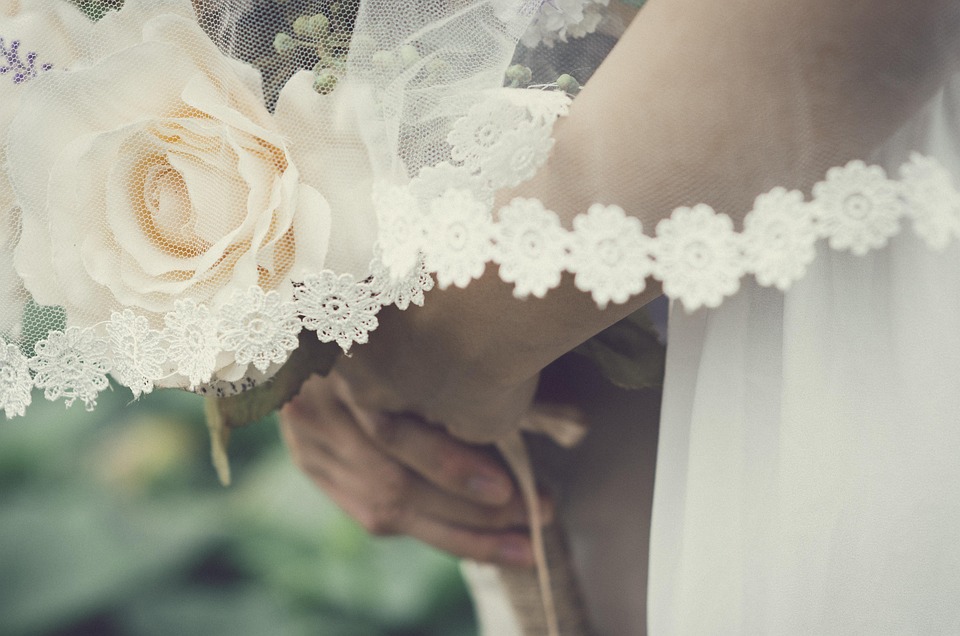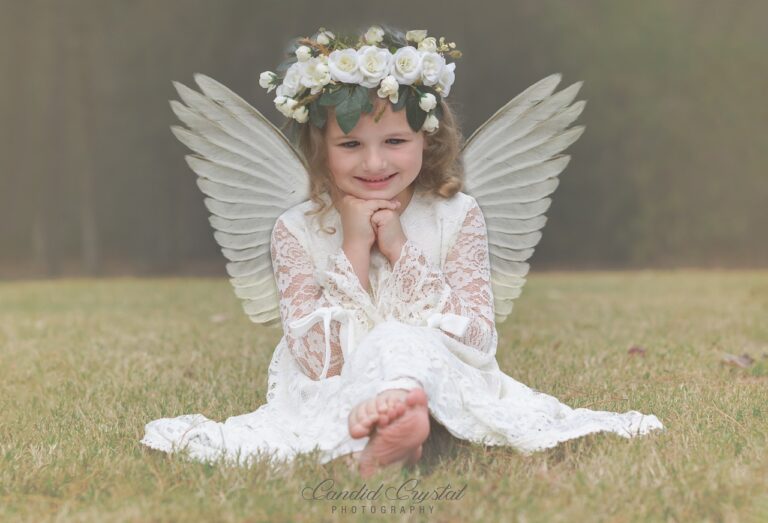
In many cultures, the veil symbolizes purity and tradition, often associated with brides. However, the question of whether one can wear a veil if they are not a virgin generates diverse opinions. This article explores the cultural, religious, and personal dimensions of wearing a veil while considering various perspectives.
Understanding the Symbolism of the Veil
The veil has deep-rooted significance in various cultures and religions. Traditionally, it represents modesty, purity, and an important transition in a woman’s life, particularly during marriage. In many Western cultures, brides wear a white gown and a veil, symbolizing their purity and new beginnings. However, the symbolism can differ widely across cultures.
In some societies, the veil is part of a religious practice. In Islam, for instance, the hijab or other forms of veiling may signify a woman’s commitment to her faith and modesty. This practice is not solely about virginity; rather, it embodies a broader spiritual and cultural identity. Understanding these diverse meanings can help contextualize the question of virginity and veiling.
The Role of Virginity in Different Cultures
Virginity holds varying significance in different cultures. In some traditions, particularly in conservative societies, virginity is seen as a prerequisite for marriage and is closely tied to a woman’s honor. This perspective can lead to societal pressure on women to conform to certain standards regarding their sexual history.
Conversely, in more liberal cultures, the emphasis on virginity is less pronounced. Women’s rights and individual autonomy have gained prominence, allowing women to make choices about their bodies without the weight of societal judgment. This shift in perspective opens the door to discussions about whether a veil should be reserved for virgins or if it can be worn by anyone, regardless of their sexual history.
Personal Interpretations and Choices
Beyond cultural and religious contexts, personal interpretations play a significant role in deciding whether to wear a veil. Some women may choose to wear a veil as a personal expression of their identity, regardless of their virginity status. This choice can reflect a commitment to their values, beliefs, or simply a love for the beauty and tradition associated with veiling.
For many women, the act of wearing a veil can serve as a powerful statement about their individuality. They may see it as a way to reclaim their identity and express their beliefs without being bound by societal expectations. This perspective emphasizes personal freedom and the right to make choices about one’s appearance and representation.
Religious Perspectives on Veiling and Virginity

In religious contexts, the intersection of virginity and veiling can be complex. For example, in Christianity, particularly within certain denominations, the veil can symbolize spiritual purity or submission to God. However, the emphasis on virginity is less pronounced, and many women who have had premarital relationships still wear veils during religious ceremonies.
In Islam, the hijab is primarily about modesty and faith rather than virginity. Women who may not be virgins still wear the hijab as a reflection of their commitment to their beliefs. This highlights that the veil’s significance is often more about personal faith and less about sexual history.
Modern Trends and Changing Norms
With evolving societal views, the norms surrounding veiling are also changing. In many contemporary settings, women are increasingly challenging traditional notions tied to virginity and veiling. As societies become more inclusive and understanding, the stigma surrounding non-virgin women wearing veils is gradually diminishing.
Fashion trends have also played a role in this evolution. Many designers incorporate veils into their collections without attaching them to concepts of virginity or purity. This shift reflects broader cultural changes, where personal expression and style take precedence over traditional norms.
Intersection of Feminism and Veiling
Feminism has sparked significant discussions about the veil. Some feminists argue that wearing a veil can be an act of empowerment, allowing women to define their identity on their terms. They assert that women should have the agency to choose whether to wear a veil without societal judgment based on their sexual history.
Conversely, some feminists critique veiling as a symbol of oppression, particularly in cultures where it is mandated. This dichotomy highlights the complexity of the conversation surrounding veils and virginity. The feminist perspective emphasizes the importance of choice and individual freedom, advocating for women to wear or not wear a veil based on their preferences.
Overcoming Societal Judgments
One of the significant challenges women face regarding veiling is societal judgment. In many societies, women who are not virgins may experience stigma when wearing a veil. This judgment can stem from deep-rooted cultural beliefs about honor and purity, leading to feelings of shame or exclusion.
However, overcoming these societal judgments is essential for promoting acceptance and understanding. Engaging in open conversations about virginity, veiling, and individual choices can help break down barriers. By sharing personal stories, women can challenge stereotypes and redefine what it means to wear a veil in today’s world.
The Veil as a Cultural Artifact

The veil serves as a cultural artifact that holds historical significance beyond individual choices. Its presence in various cultures reflects societal values, norms, and traditions throughout history. As globalization continues to influence cultures, the veil’s meaning may evolve, adapting to new contexts and interpretations.
In this sense, the veil represents a connection to heritage and tradition while also allowing for personal expression. Women may wear veils to honor their cultural background, regardless of their sexual history. This duality enriches the conversation around veiling, emphasizing its multifaceted nature.
Conclusion
The question of whether one can wear a veil if they are not a virgin invites complex discussions around culture, religion, and personal choice. While traditional views may emphasize virginity as a prerequisite for wearing a veil, modern perspectives highlight personal freedom and individual interpretation.
Ultimately, the decision to wear a veil should rest with the individual, free from societal judgments and expectations. As cultural norms continue to evolve, embracing diverse interpretations and encouraging open dialogue can foster greater understanding and acceptance of women’s choices regarding veiling.
FAQs
1. Can men wear veils or similar garments?
Yes, in various cultures, men also wear garments resembling veils or head coverings, often for religious or cultural reasons.
2. What are some cultural variations of veiling?
Cultural variations of veiling include the hijab in Islam, the mantilla in some Christian traditions, and the dupatta in South Asian cultures, each carrying unique meanings and significance.
3. Are there any modern fashion trends involving veils?
Yes, modern fashion trends incorporate veils in various styles, often seen on runways and in designer collections, emphasizing personal expression rather than traditional meanings.
4. How do different religions view veiling?
Different religions view veiling in diverse ways. For example, in Islam, it is often seen as a sign of modesty, while in Christianity, it may symbolize spiritual purity or submission.
5. Is there a growing acceptance of non-virgin women wearing veils?
Yes, there is a growing acceptance of non-virgin women wearing veils, especially in more liberal societies where individual choice and expression are increasingly valued.






